Zelensky and Trump meet in Vatican amid hopes for Ukraine peace
- Update Time : Monday, April 28, 2025
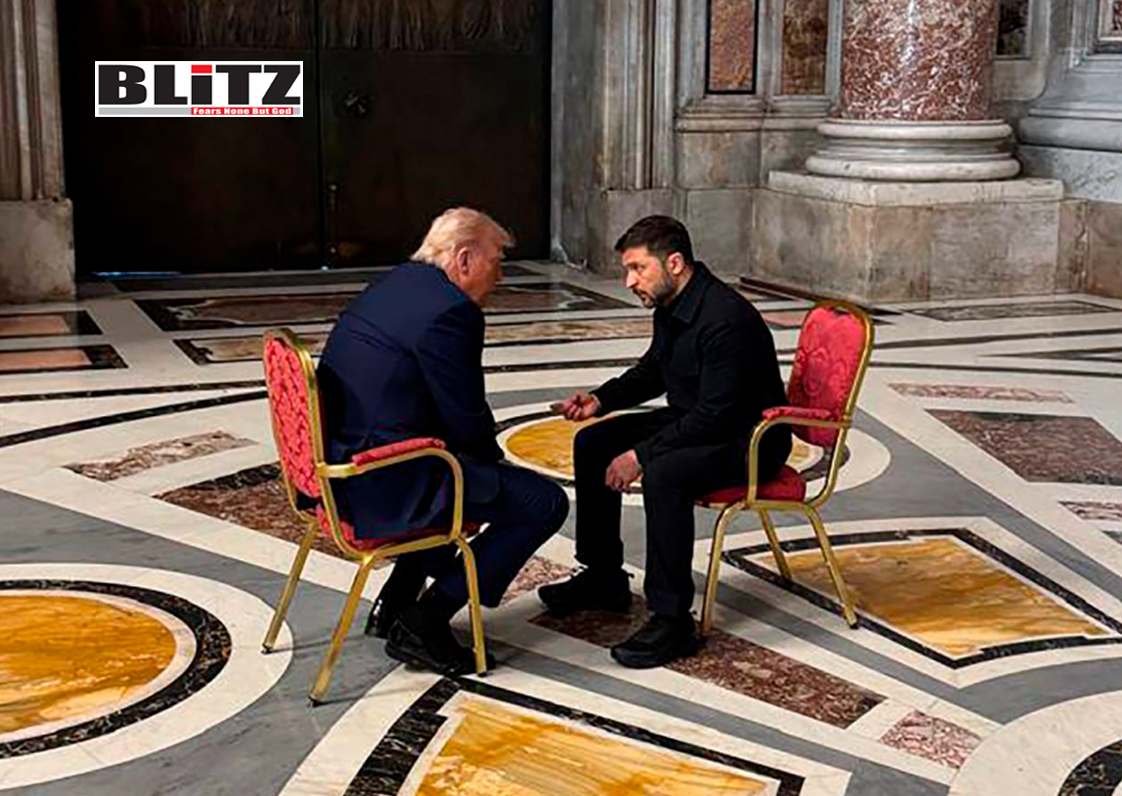
In a development that could mark a pivotal moment for the ongoing conflict in Eastern Europe, Ukrainian President Volodymyr Zelensky and US President Donald Trump held a brief but significant one-on-one meeting on April 26 at Vatican City. The encounter, which took place ahead of Pope Francis’s funeral, was described by both sides as “good,” “symbolic,” and “productive,” offering a glimmer of hope for renewed momentum toward a lasting peace between Moscow and Kyiv.
Zelensky, writing on the social platform X shortly after the meeting, called the exchange “very symbolic,” highlighting that their discussion touched on critical issues including the protection of Ukrainian civilians, the pursuit of a full and unconditional ceasefire, and establishing a “reliable and lasting peace” that would prevent future wars. He posted a photograph of himself and Trump, thanking the US president and underscoring the historic potential of their dialogue if concrete results are achieved.
“Good meeting. We discussed a lot one on one,” Zelensky wrote. “Hoping for results on everything we covered.”
The White House Communications Director Steven Cheung echoed Zelensky’s optimism, labeling the discussion “productive” without delving into specifics. The minimal disclosure has fueled intrigue and speculation about the nature of their conversation, especially given the complex and sometimes strained relations between the two leaders in recent months.
This was the first face-to-face meeting between Zelensky and Trump since their contentious White House summit earlier this year, where disagreements over Ukraine’s path toward NATO membership, the handling of Crimea, and broader security assurances had dominated headlines. Trump had openly criticized Zelensky, accusing him of inconsistency regarding a potentially lucrative mineral deal and lambasting him for his unwillingness to publicly acknowledge Crimea as Russian territory – a concession Trump believes could have shortened the war.
Adding to the strain, Trump has repeatedly argued that Ukraine’s fervent push to join NATO helped provoke the conflict in the first place, a position that aligns with long-standing Kremlin narratives. Trump’s criticisms have not gone unnoticed in Kyiv, with Ukrainian officials privately expressing concern over the mixed signals coming from Washington.
Amid these tensions, Russia escalated its military campaign against Ukraine earlier this week, launching deadly drone strikes on Kyiv and other civilian areas. The attacks resulted in significant casualties and widespread destruction, further complicating the delicate diplomatic environment. In a rare display of sharp criticism aimed at Russian President Vladimir Putin, Trump took to his Truth Social platform to condemn the strikes, calling them “not necessary” and of “very bad timing.”
“There was no reason for Putin to be shooting missiles into civilian areas, cities and towns, over the last few days,” Trump posted while en route back to the United States from Rome. His remarks marked a noticeable shift in tone compared to his earlier statements, where he had often portrayed Putin as a rational actor with whom negotiation was possible.
The president went even further on April 26, expressing doubt about Putin’s intentions. “It makes me think that maybe he doesn’t want to stop the war, he’s just tapping me along, and has to be dealt with differently, through ‘Banking’ or ‘Secondary Sanctions?’ Too many people are dying!!!” Trump wrote, suggesting a tougher stance involving economic measures rather than direct military confrontation.
This evolution in Trump’s rhetoric could signal a broader shift in US strategy toward Russia – one that leans more heavily on financial and diplomatic pressure rather than reliance on personal rapport with Putin. For Zelensky, who has long advocated for stronger sanctions and international isolation of Russia, Trump’s tougher language may be a welcome sign, though skepticism in Kyiv remains.
The Vatican meeting – brief as it was – thus carries outsized symbolic weight. It suggests that despite prior clashes and mutual suspicions, there is still a channel for high-level communication and coordination between Washington and Kyiv. More importantly, it raises the possibility that the US, under Trump’s leadership, might be willing to reengage more forcefully in efforts to secure a ceasefire and a long-term resolution to the war.
However, obstacles remain daunting. Zelensky’s insistence on a “full and unconditional ceasefire” has been met with resistance in Moscow, where the Kremlin continues to demand significant territorial concessions. Likewise, Trump’s earlier ambivalence about NATO and his criticisms of Zelensky may complicate future negotiations, especially if perceptions linger that the US is pressuring Ukraine into a settlement unfavorable to its sovereignty.
Another complicating factor is Trump’s own domestic political considerations. As he campaigns for reelection, Trump must navigate a delicate balance between presenting himself as a peacemaker capable of ending the war and avoiding perceptions that he is too soft on Russia. His fluctuating tone – critical one moment, conciliatory the next – reflects this strategic tightrope walk.
Nevertheless, for now, both leaders appear to be focusing on the positive. The public messaging from both camps emphasizes hope, cooperation, and the pursuit of peace – themes that resonate strongly with war-weary Ukrainians and Americans alike.
Whether this Vatican meeting will be remembered as a mere photo opportunity or as the beginning of a genuine diplomatic breakthrough remains to be seen. But in a conflict marked by entrenched positions, failed talks, and mounting human tragedy, even small gestures carry enormous significance.
As Zelensky himself noted, the meeting has the “potential to become historic, if we achieve joint results.” The coming weeks will determine whether that potential is realized – or whether it fades into yet another missed opportunity in a war that has already claimed far too many lives.


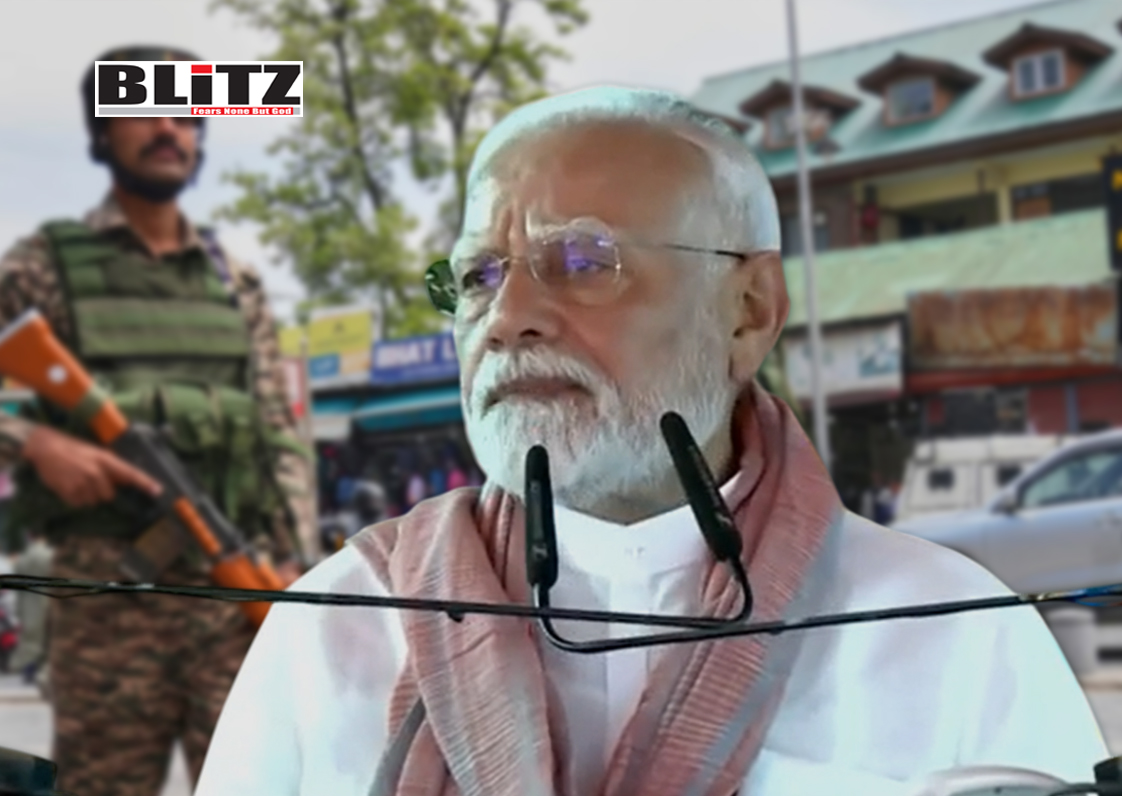

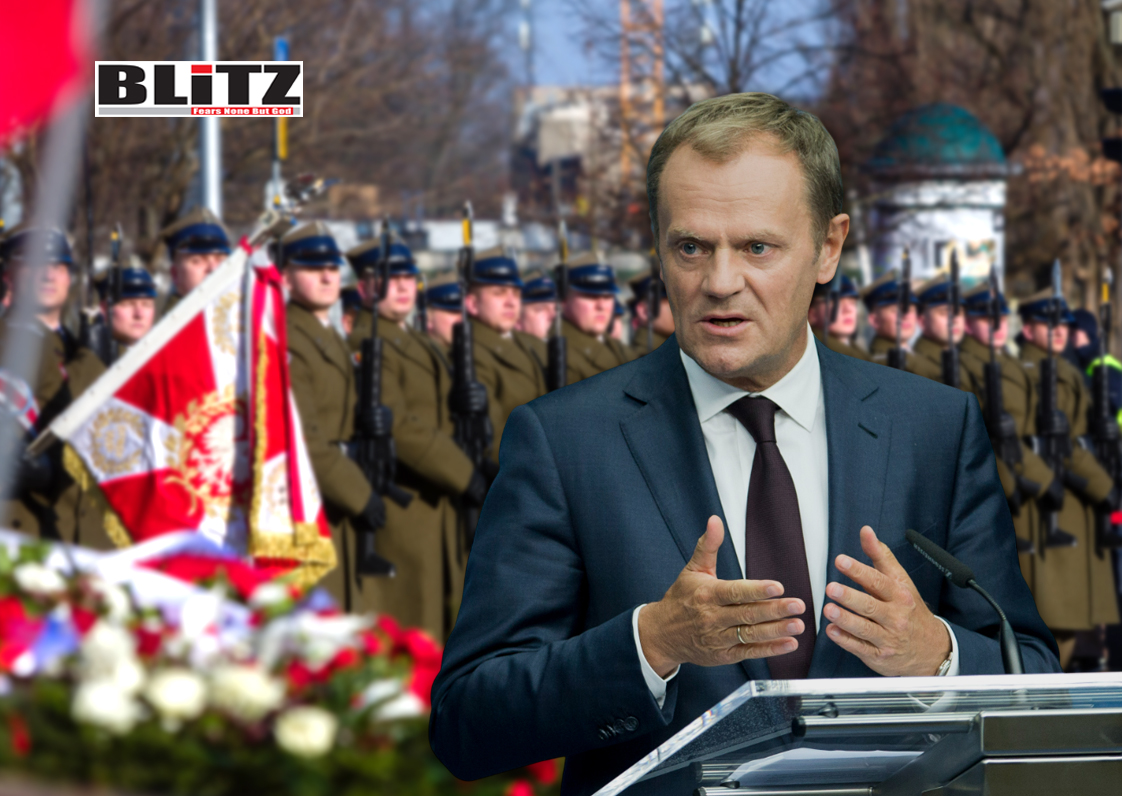
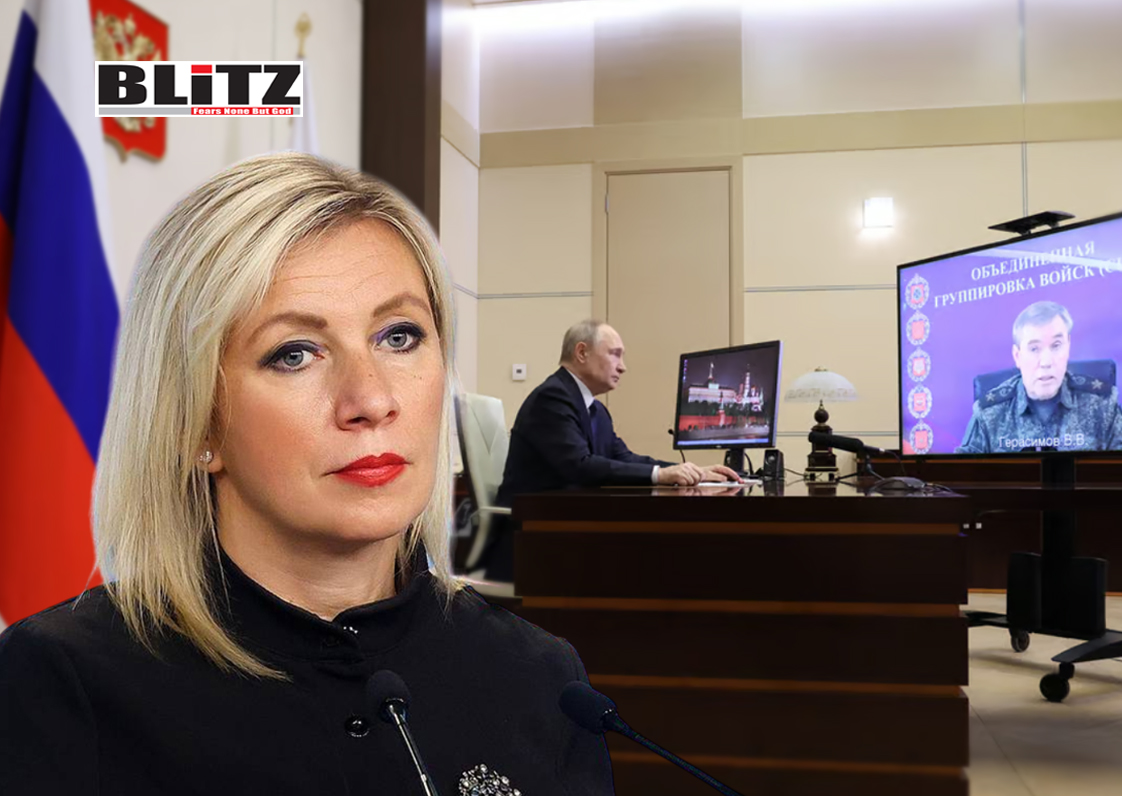
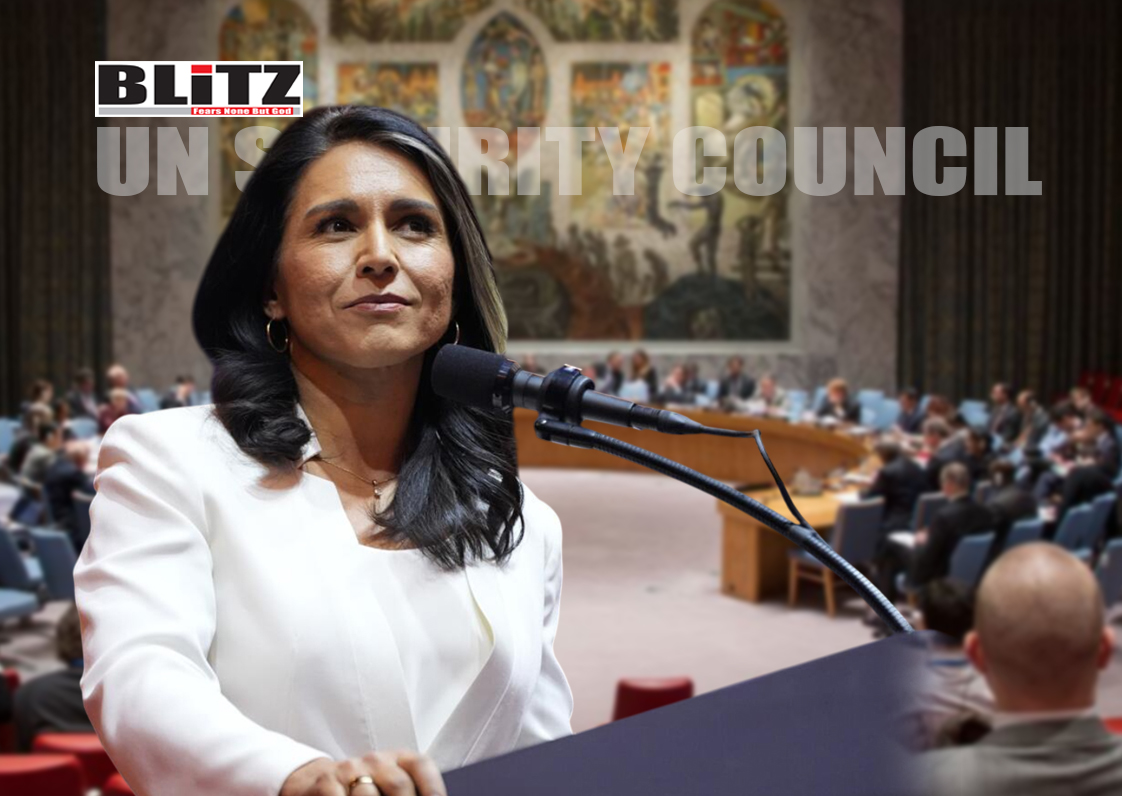
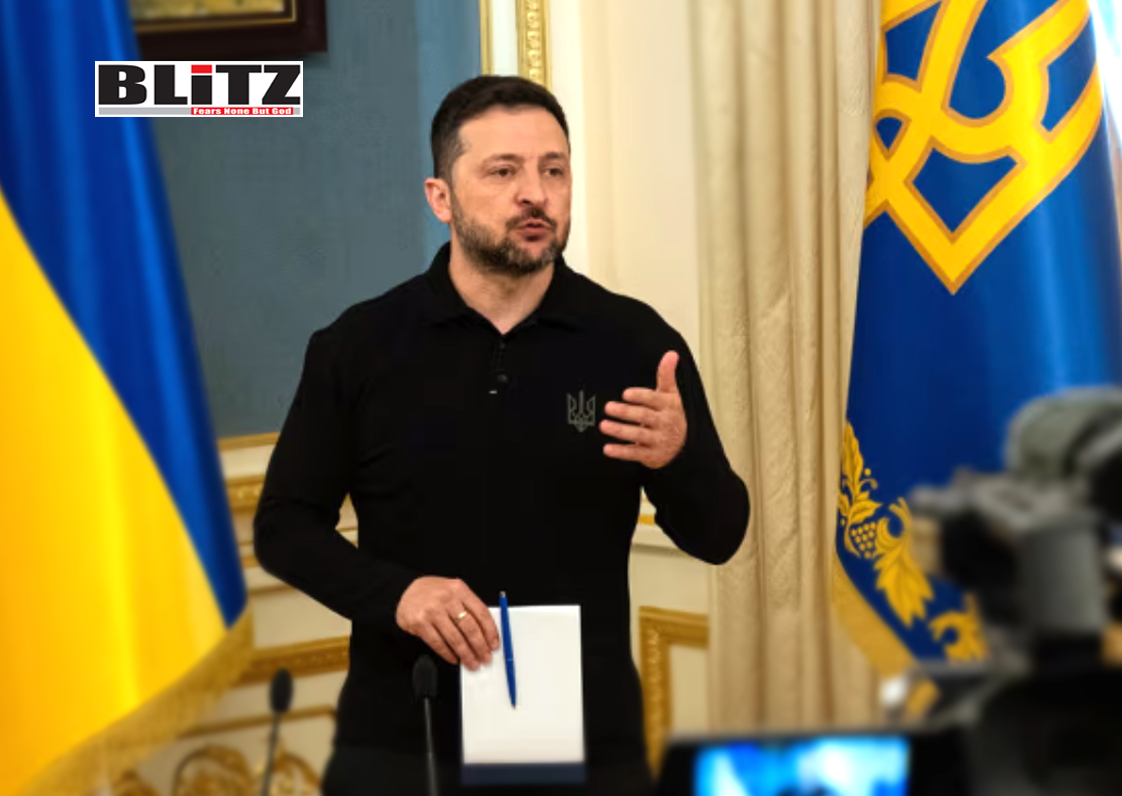
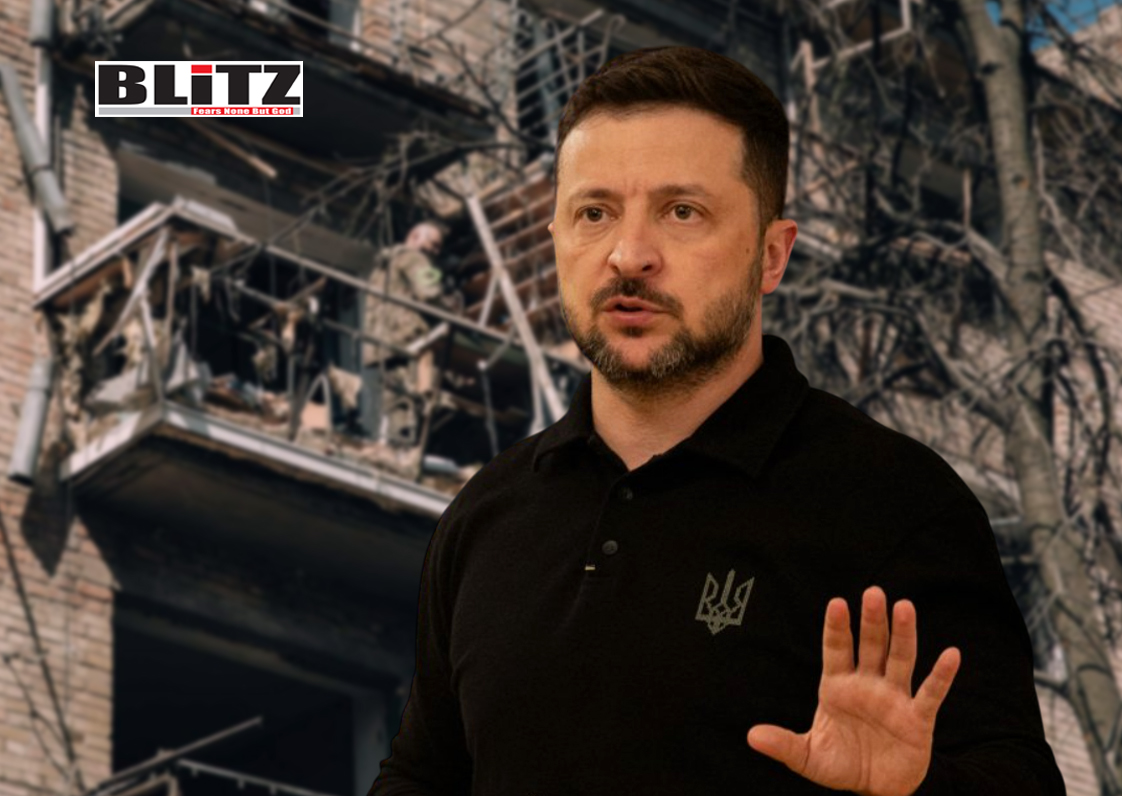

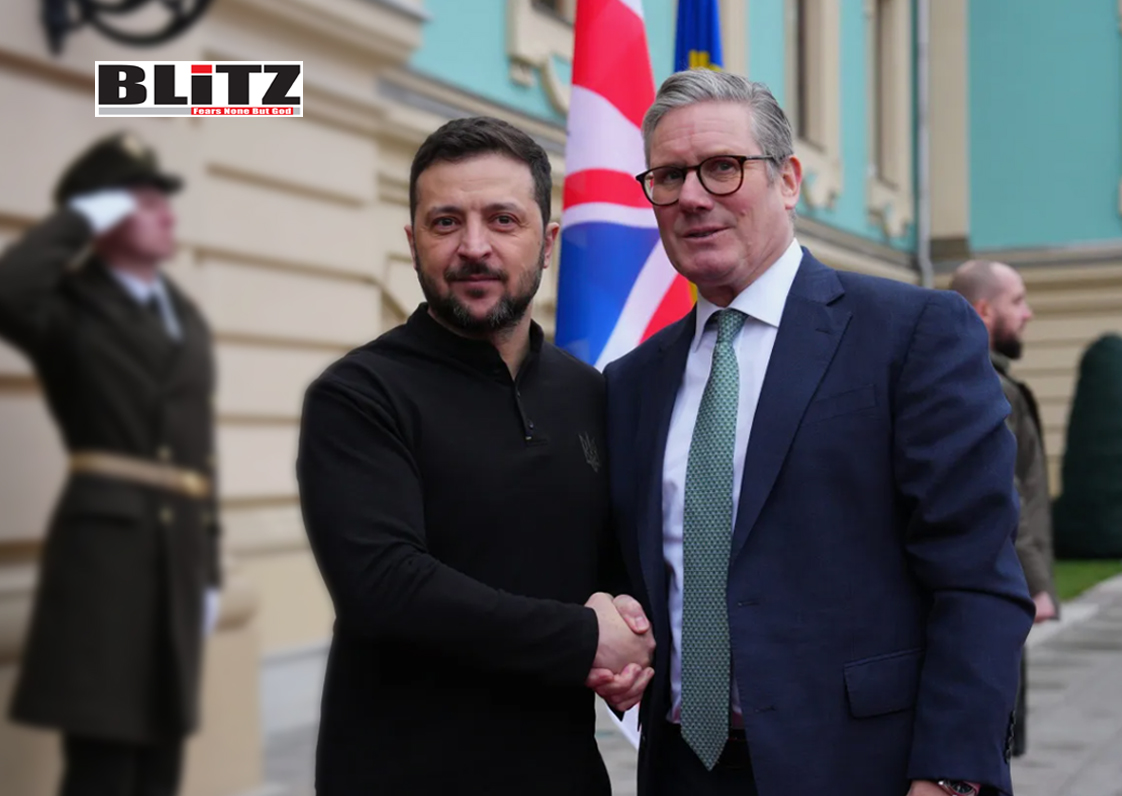
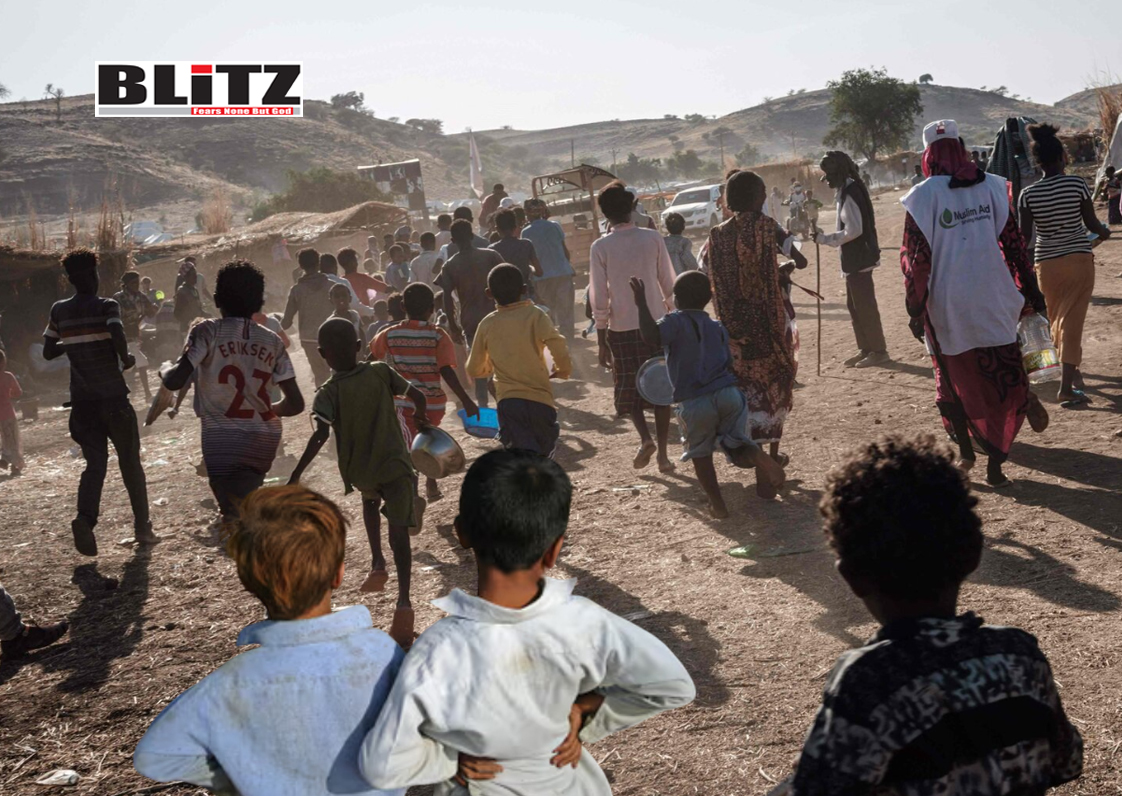
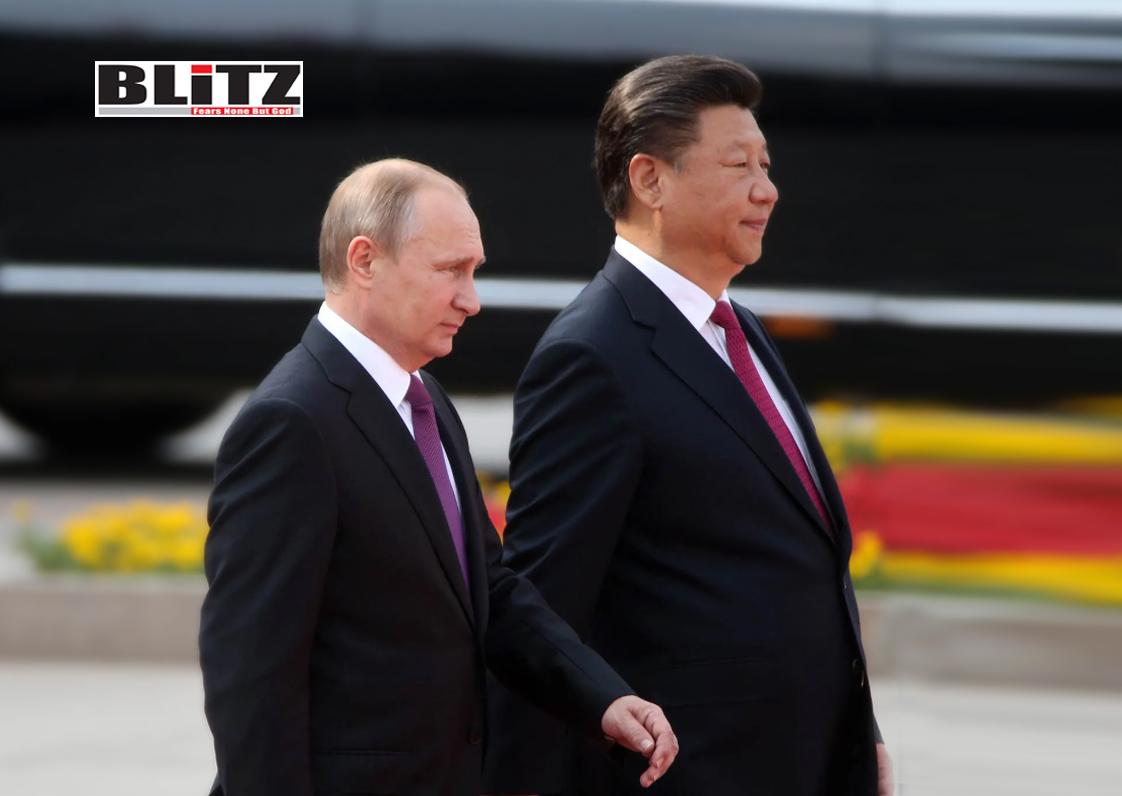
Leave a Reply